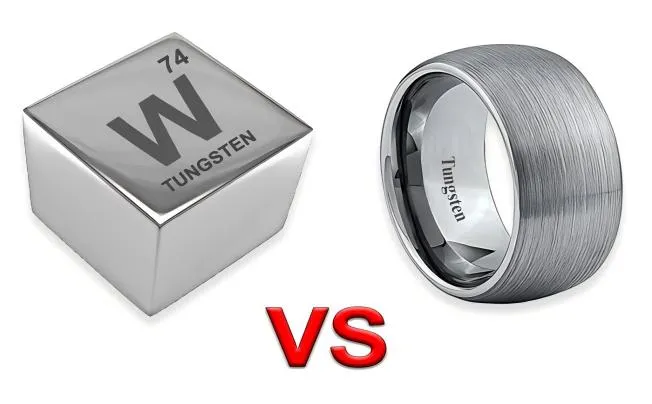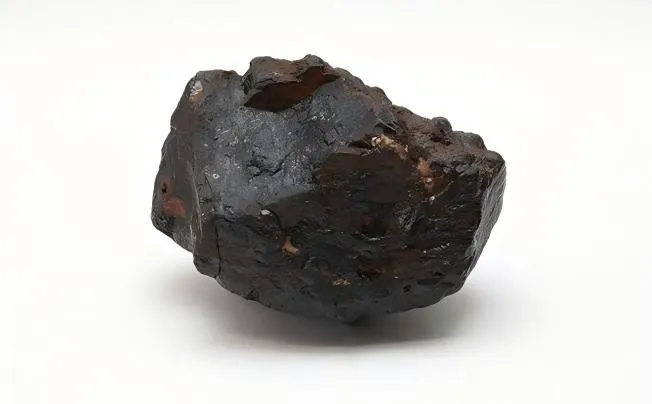This article discusses this question and offers an in-depth analysis of factors such as particle size and skin condition that influence absorption. Understanding these aspects is crucial for industries that handle such materials, enhancing workplace safety protocols.
Silicon Steel Powder Properties and Usage Situations
Silicon metal powder, mostly comprised of extremely cleansed silicon, is known for its durable utility across various industrial domains as a result of its semiconductor residential or commercial properties. It is thoroughly made use of in applications such as electronics producing, where it acts as a base material for silicon chips, and in the manufacturing of silicones and silanes, which are essential in developing items varying from sealers and adhesives to coverings and different kinds of rubber.
The physical characteristics of silicon metal powder include its high melting point, superb firmness, and thermal conductivity. These residential or commercial properties make it an important material in not just electronic devices but additionally in solar panels, as an alloying element in lightweight aluminum markets, and in the synthesis of high-purity silicon for solar batteries and other applications.
Due to its particle type, silicon metal powder additionally plays a crucial role in the metallurgical market. It is used as a deoxidizing agent in steel manufacturing, which enhances the stamina and sturdiness of steel. Furthermore, its role in the manufacture of aluminum-silicon alloys improves the total lightweight and corrosion resistance characteristics of lightweight aluminum items.
As silicon steel powder becomes more important in sophisticated technological applications, understanding its properties and precautions in dealing with comes to be vital, particularly taking into consideration potential work exposure circumstances.
Skin Absorption Basics: How Substances Penetrate the Skin
The skin, our body's largest body organ, offers an essential obstacle securing versus environmental threats, yet it is also a conduit for specific substances. Recognizing exactly how compounds pass through the skin is essential, especially when talking about the possible absorption of materials such as Silicon Metal Powder. This area looks into the fundamental mechanisms where materials go across the epidermal obstacle and factors that may enhance or inhibit this process.
Mostly, skin absorption takes place using 3 pathways: intercellular lipid pathway, transcellular path, and with the hair roots and sweat ducts. The stratum corneum, the outermost layer of the skin, mainly composed of dead keratinocytes and lipids, is one of the most considerable barriers to penetration. Materials should initially dissolve in the lipid matrix to pass with this layer, a procedure influenced by the molecule's solubility, size, and environmental conditions at the factor of call.
Concerning Silicon Metal Powder, its attributes such as particle dimension, shape, and chemical state are critical in determining its skin absorption potential. The integral insolubility of silicon metal in both water and lipids recommends marginal absorption with the skin. However, variables like harmed skin or the existence of other chemical representatives may alter this presumption.
Additionally, the role of occlusion, where a substance is entrapped versus the skin, perhaps in the folds or under protective equipment, can raise absorption by maintaining wetness and disrupting the stratum corneum's stability. Occupational scenarios where Silicon Metal Powder is dealt with might develop such problems, hence demanding a better evaluation of dermal absorption in these contexts.
Factors Influencing the Dermal Absorption of Metals
- Particle Size
The size of the metal particles is an important determinant in skin absorption. Smaller-sized bits have a greater potential to penetrate skin barriers as a result of their boosted surface loved ones to quantity. Silicon metal powder, commonly fine in texture, might present a higher threat if the bits are completely small.
- Solubility
Solubility is another essential variable. Metals that are soluble in water or bodily fluids are much more likely to be taken in via the skin. Although silicon itself is insoluble when in powder form, its communication with skin wetness might impact exactly how much of the substance could follow or pass through the skin surface area.
- Skin disease
The honesty of the skin obstacle is likewise extremely important. Harmed or jeopardized skin, such as cuts, abrasions, or dermatitis, can significantly boost steel absorption. Employees dealing with silicon metal powder need to guarantee that skin defense procedures are in the area, specifically if skin stability is compromised.
- Chemical Properties
The chemical properties of the steel, such as pH and ionic stamina, can modify the skin's obstacle residential properties. Metals that modify the skin's pH can raise permeability and thus, absorption.
- Duration and Frequency of Exposure
Expanded call with steel raises the probability of absorption. Regular exposure can lead to advancing results, potentially increasing the danger in time. For compounds like silicon metal powder, recognizing these dynamics is critical for establishing secure dealing with guidelines.
- Environmental Factors
Environmental problems such as temperature level and humidity can likewise influence the absorption prices of metals with the skin. Higher temperature levels can boost skin leaks in the structure, and high humidity levels can bring about more sweat, which might dissolve steel bits and facilitate their access via the skin.
Health Concerns Related to Silicon Metal Powder Exposure
Exposure to Silicon Metal Powder can present several wellness problems, particularly via extended skin call. As an inert substance, silicon steel powder is not known for high chemical reactivity, yet its physical type can affect dermal interaction. The key health dangers linked originate from the powder's great particle nature, which can cause physical irritation.
Skin Irritation and Sensitization
Upon call with the skin, silicon metal powder can create mechanical inflammation. This is because of the abrasive characteristics of the great powder, which might result in light to moderate dermal inflammation. In particular cases, repeated exposure can cause sensitization, where even very little gets in touch with causes an inflammatory response in the skin.
Respiratory Issues from Dermal Exposure
It's essential to note that unexpected transfer of silicon steel powder from hands to deal with can cause inhalation, which is a more critical path of direct exposure. Inhalation of great silicon bits can cause breathing concerns, including silicosis, a lung condition created by inhaling fine silica particles.
Systemic Toxicity
While systemic absorption of silicon steel powder through the skin is minimal, the potential for systemic impacts can not be completely disregarded, specifically in scenarios involving compromised skin honesty or very high concentrations of dust. Nevertheless, the present research study shows that silicon does not easily penetrate intact human skin to get to systemic blood circulation.
Prospective Long-term Effects
Long-lasting exposure to silicon steel powder, mostly via occupational setups, increases worries concerning prospective persistent wellness issues. Constant skin exposure may lead to persistent dermatitis, characterized by dry, scratchy, and inflamed skin. Surveillance and additional studies are vital to understanding the long-lasting impacts.







